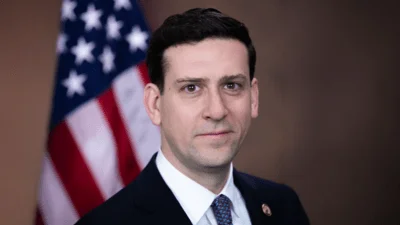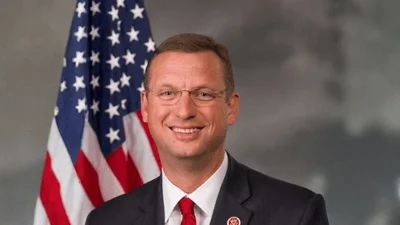RICHLAND, Wash. - EM’s Richland Operations Office (RL) is close to transitioning from deactivation activities to full-scale demolition at the main processing facility of Hanford’s Plutonium Finishing Plant (PFP).
For years, workers decontaminated the facility, removing contaminated, prohibited, and hazardous items to prepare for demolition.
With that work nearly complete, and remaining residual radioactive fissile material reduced to low levels, RL shut off the facility’s criticality alarm system (CAS). Watch a video on the CAS deactivation here.
The CAS went online in 1981, preceded by earlier systems at PFP. The CAS would alert employees of a criticality, or unplanned nuclear reaction, requiring immediate evacuation. Such an event is no longer possible due to the years of hazard reduction inside the facility.
“With safety as the primary concern, workers have done an outstanding job bringing us to this point, where a criticality is no longer possible," said Tom Teynor, EM project director for PFP demolition.
Contractor CH2M HILL Plateau Remediation Company (CH2M) will continue removing waste from the facility and isolating water lines before the demolition permit can be issued and full-scale demolition can begin.
“This is the end of more than 20 years of a lot of hard work from a lot of people that have come and gone through the years, and they’ve all played their part," PFP Shift Operations Manager Scott Swett said.
Teardown of the main processing facility - the last of four main PFP buildings to be demolished - began in July when workers demolished a small annex built onto the original structure in 1991. They also tore down the Americium Recovery Facility. Demolition is underway on the adjacent Plutonium Reclamation Facility. The ventilation building is demolished with the exception of a large ventilation duct that once connected it to the main building; the duct will be removed with the main processing building.
“The PFP team is the best in the business," said CH2M Plutonium Finishing Plant Closure Project Deputy Project Manager Kelly Wooley. “We’ve done a lot, and we have a lot more to do. But as always, we won’t proceed until we can do it safely."
Source: U.S. Dept. of Energy, Office of Environmental Management









